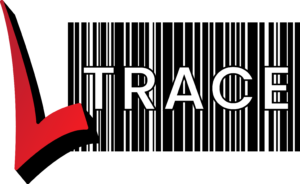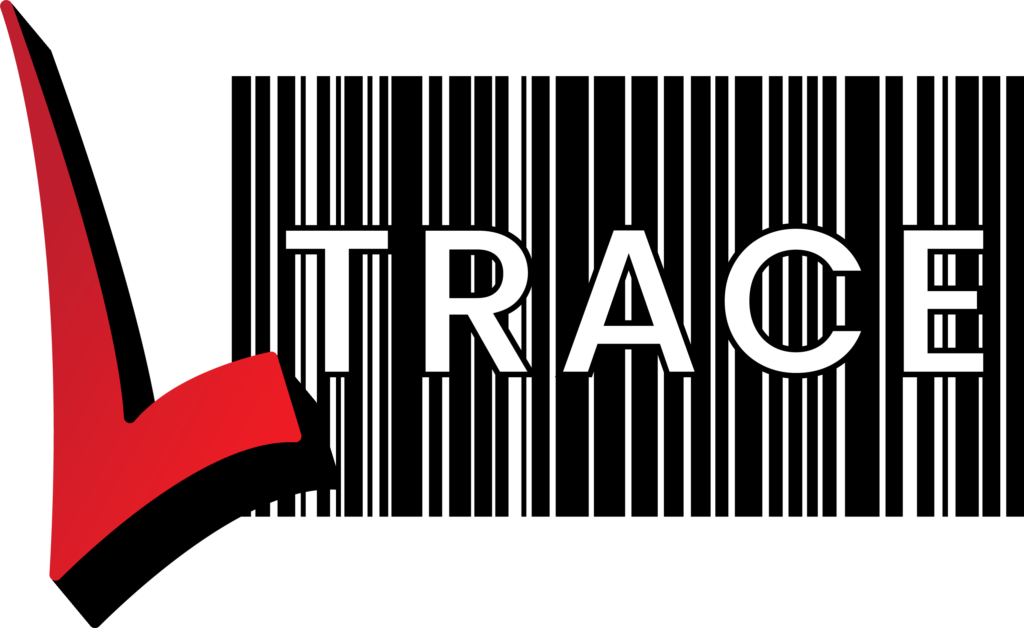Place
Stage 4: Tracking individual items
Moving from non-unique to unique items
Process
- Packing: Staff would use a computer to run L-Trace. It is recommended that one computer be used per packing area. This allows the staff to have immediate access to labels as well as being able to have an image or list in front of them.
The database selection is expanded over time so that more and more items are individually identified in L-Trace. This may involve:
- Placing a barcode on the tray etc
- Entering serial numbers into L-Trace
- Using colour coding or other physical means to distinguish items
When staff start to prepare the item they scan the barcode which automatically displays the required item. Where a barcode is not available they use the serial number or physical attribute to assist in finding the correct item.
- Usage: The usage process does not change but now the system can identify exactly which item has been used. This means that the system can now report on the history of an item (who used it and when).
- Receipt of items: If the movement of an item is being recorded then it is possible to know where a specific item is at any given time.
Traceability
CJD patient traceability Yes
Benefits
- Traceability from patient to patient. When tracking infection it is incredibly easy to determine who may have been the cause or who else may have been infected.
- CJD reporting is simplified
- As many or as few items can be made unique. The system can be scaled up in your own time.
- Know exactly where an item is or how many are available.
Comments
Thought needs to be paid to ensure that instruments on a tray stay with the tray.

